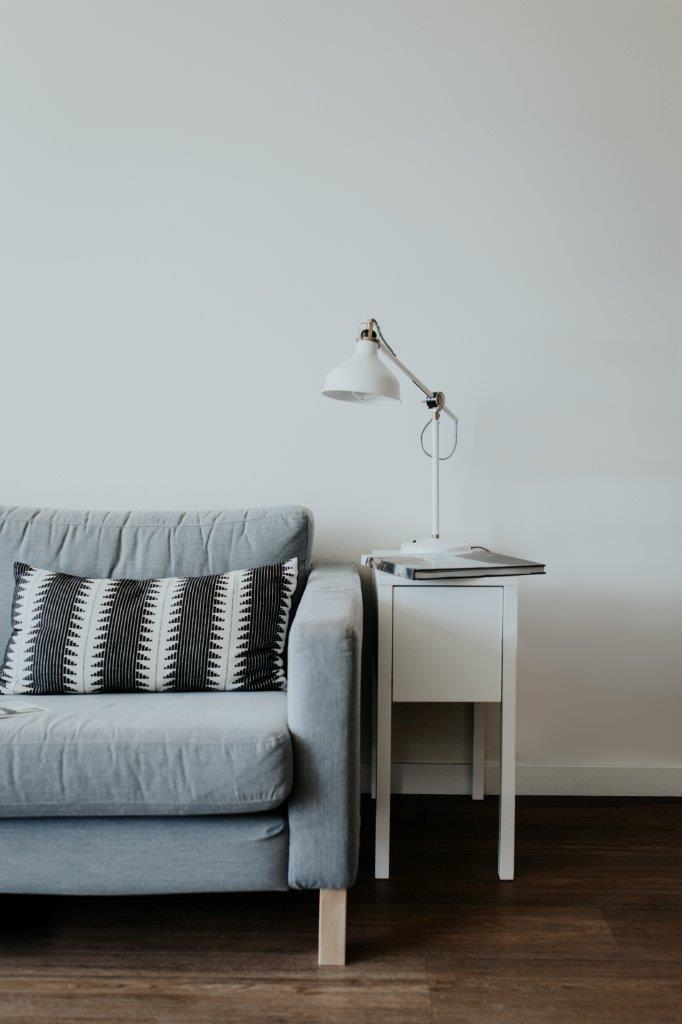3 Alternatives to skirting boards
Are you designing a brand new nest and feel it's time to shake things up a little in terms of style? Skirting boards are key for protecting your walls and flooring junctions from scratches and dents caused by the normal wear of your home.
These also help keep the unions stable as, although you may not notice, all houses vibrate a little -and materials expand and contract with temperature changes. That said, nowadays there are some alternatives to skirting boards with great decorative -and functional- potential.
Whether you are looking to renovate or start completely from scratch, check out these three different ways for replacing traditional skirting boards.

1 - For a contemporary feel - Shadow line or shadow gap skirting
This trend has become quite popular in the past years. Many developers with a knack for modern, minimalistic building styles would suggest shadow gap skirting if time, budget, and design goals align.
A shadow gap -also known as shadow line- is a linear horizontal gap of about 10mm that stretches along the walls' planes. From a visual standpoint, it creates streamlined, uninterrupted surfaces. Structurally, this also allows and absorbs the vibrations of walls and floors, avoiding much-feared cracks.
It's very important to consider that there's no way to get away with great finishes if the job is not up to standards. No margin for errors with this alternative to skirting boards!
As working around metal shadow lines demands for detail, it needs to be weighed in during design and construction stages. The 'easiest' way to nail the look is to get a moulded line that already comes with the gap, install it, and make the plasterboard sit on it.
2 - Wooden beading skirting - An alternative to skirting boards for small spaces and low ceilings
Wooden beading main function is to support and distribute the weight of a structure evenly. They've been around for a long time but it's not that common to see these used as skirting. Thin and half-rounded, it's worth to consider using them as an option to skirting boards. As they take very little wall space, small rooms or houses with low ceilings can benefit from them! Some homeowners even decide to install wooden beading alongside their skirting boards for extra protection, to soften the junctures, and to hide any gaps between walls, flooring and skirting boards.
3 - No skirting boards - Is it even an option?
As we told you at the beginning of this guide about different alternatives to skirting boards, there's more to skirting than just the looks. These mouldings help to block knocks and avoid dents, but also absorb some of your home's natural vibration, preventing cracks and other issues that can affect your property badly. If in doubt, discuss this with your builder or home decorator!
We encourage you to get creative and figure out the best option for your home. If you decide the versatility, durability and low-maintenance cost of an MDF skirting board is what you want, then let us guide you through the process of choosing and buying skirting boards.
The Skirting Board Shop's Top Tip
Before making a final decision, always check if you'll need to run wires behind the skirting board -this would require for the skirting boards to have a different inner profile.
 0800 048 0786 Monday - Friday, 8:30am to 4pm
0800 048 0786 Monday - Friday, 8:30am to 4pm
